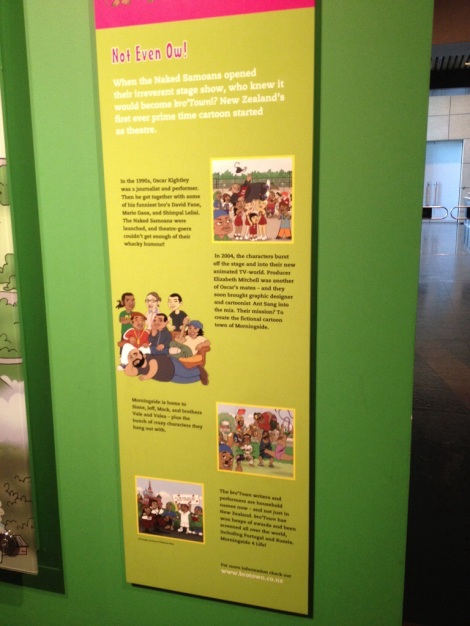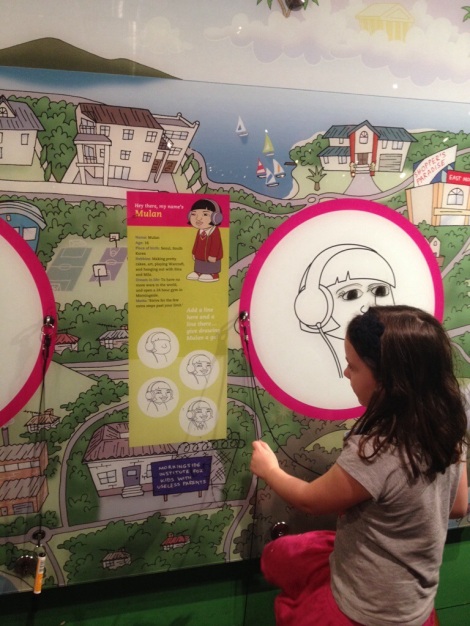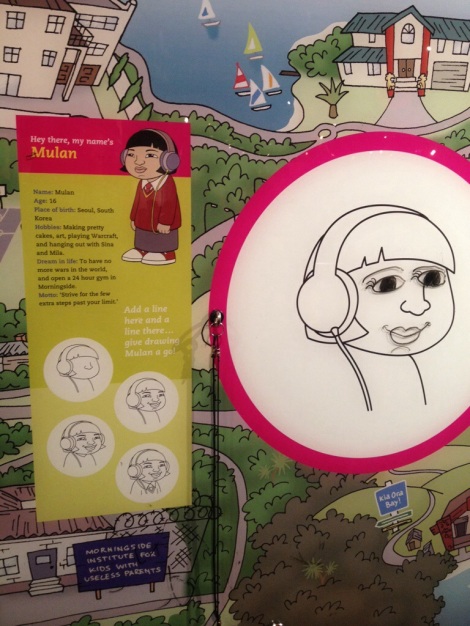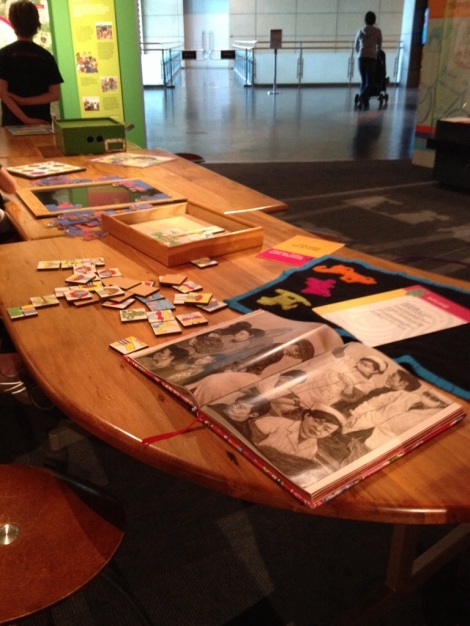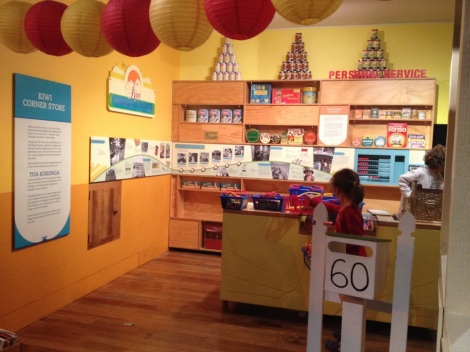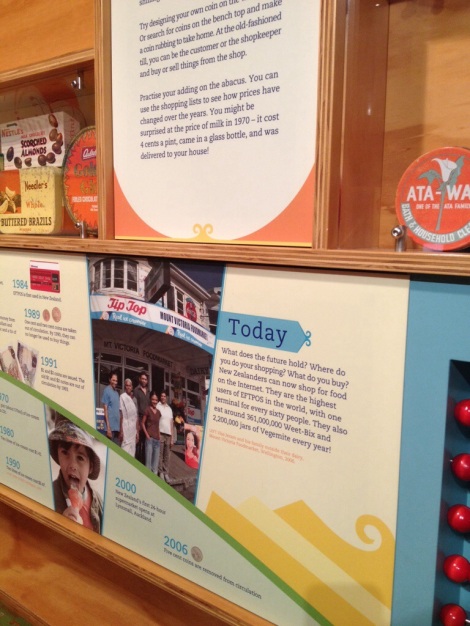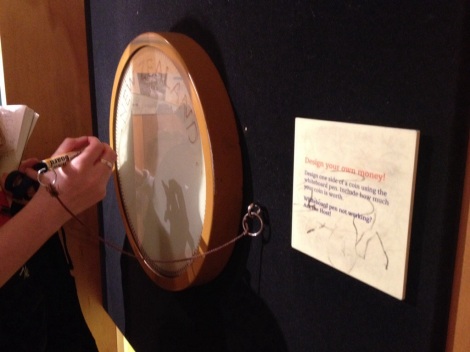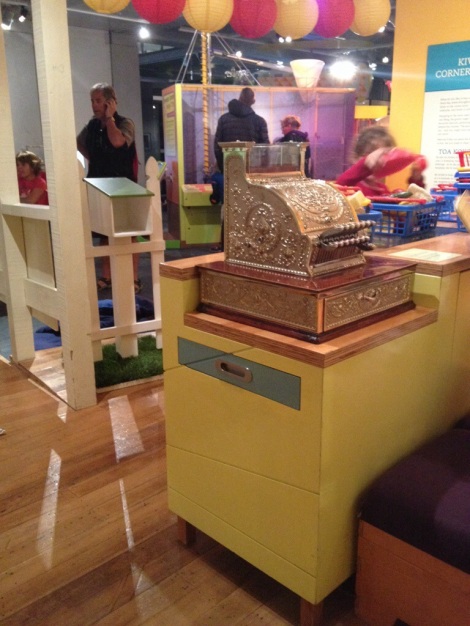SO TACTILE.
Everything was part of a familiar context. For example, the Bro’ Town character whiteboard and the dairy were replicas of familiar Kiwiana. This bought up, who do I want to target purely demographically?
In the first couple of months of being born, a child can recognise any human language and distinguish it but as they get older, they lose this ability. They start to focus on sounds that are made within their mother tongue but this can of course be expanded when two languages are simultaneously heard often. Until children hit puberty, they theoretically are able to become native speakers, develop accents. Around the time of puberty adolescents lose the ability to sound like natives going into later life. Children will adapt in order to survive the school yard.
In saying that, an adult would surpass a 2 year old in learning language process because although 2 year olds have the ability to adapt into a language, pick up more phonetic sounds, they don’t have a first language to base their learning off. 2yo more authentic but slower than adults and they have less need, children need surroundings opposed to educational tools. Children are more likely and more open to make mistakes unlike adults who are more reserved. Children, around age 7 don’t have the cognitive ability to process a new language the same way an adult does.

